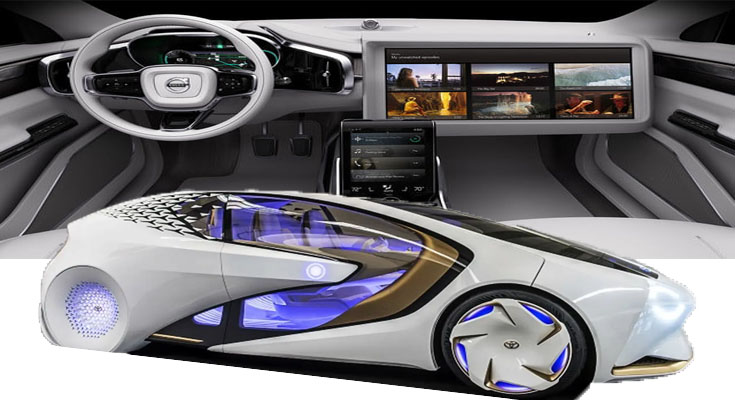Inside the last century, we have seen car audio technology achieve momentum. Beginning out as a standard radio, in-car technology has come far. Now, we have complex car audio systems, car DVD players, Bluetooth, sat-nav, and GPS. All of which have been created to produce car journey’s substantially much easier and much more exciting.
So exactly where do we go from here? Currently, this year we’ve observed touch screens and function enriched sat-nav systems hit the car audio market – however, what does the future hold for in-car technology?
In early 2018, German scientists developed a brand new car technology identified as ‘EyeDriver’. It pretty much does as it says, it allows you to drive your car with your eyes alone. This new technology operates by the driver wearing a unique helmet, which holds two cameras and an infrared LED. Camera 1 points in the directions the driver’s eyes are hunting (the scene camera), whilst the other focuses on the driver’s eye (the eye camera). This new and complicated system automatically recognizes the direction the driver is looking at, which is then relayed to a computer and after that over a LAN network to the car, in turn steering the car accordingly.
Not surprisingly, becoming a new technology, ‘EyeDriver’ includes a couple of issues, which are however to be overcome. If a driver gets distracted, the technology is bound to follow exactly where she or he focuses upon, producing it somewhat of a danger on the road. ‘Freeride’, as this mode is identified as, enables a driver to possess comprehensive manage more than the car’s steering through the eyes, meaning their blunders are outputted also. The scientists; on the other hand, claim that this could conveniently be overcome by making a practically automated car applying what they referred to as ‘Routing’ mode, which only wants the driver to steer utilizing this technology at a junction.
The future looks bright for in-car technology as it quickly expands to cover all probable needs of a driver. Yet, ahead of this technology could be released, it is yet to become confirmed as fully secure.





